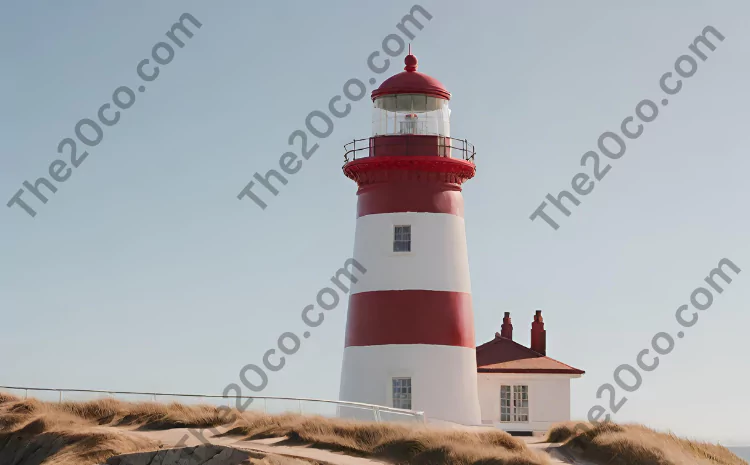Passing near a lighthouse requires knowing some critical details to ensure safe travel. This article outlines the most useful information to have when navigating areas with lighthouses.
Key Takeaways
- Understand the water depth, hazards, and weather in the area
- Know the light characteristics of the specific lighthouse
- Use the lighthouse to determine your position
When you are near a lighthouse, the most important information includes:
Water Depth, Hazards, and Weather
- The depth of the water in the area
- If there are rocks, reefs, or other hazards
- The current and forecasted weather and visibility
This data allows assessing safe travel routes and anchoring areas.
Lighthouse Light Characteristics
- The light pattern (fixed, flashing, occulting, etc.)
- The light color
- The advertised nominal range of visibility
Together these light characteristics produce a unique signature used to ID the lighthouse.
Mapping Position
- Using the lighthouse as a fixed landmark to plot your position on a map or navigation system.
Triangulate using the bearing and distance to the light.
This table summarizes the key information about a lighthouse that is most useful when passing near it:
| Information | Importance |
|---|---|
| Water depth | Understand depth for safe travel |
| Hazards | Avoid dangerous submerged objects |
| Weather | Assess visibility and conditions |
| Light characteristics | ID which lighthouse it is |
| Mapping position | Plot location in relation to lighthouse |
How Lighthouses Help Navigation?
Lighthouses became essential for maritime navigation by:
- Marking treacherous coastlines and harbors
- Warning of hazards with light signals
- Providing a fixed landmark to determine a ship’s position
When you pass a lighthouse while sailing, take bearings and compare its light sequence to nautical charts. This allows mapping position in relation to a known landmark.
Modern navigation systems have reduced dependency on the visual range of lighthouses, but they remain extremely useful for verifying GPS positions. Their tower architecture and signature beacons also make them exceptionally recognizable.
Overall, lighthouses provide crucial navigational data like:
- Water depth
- Weather conditions
- Light characteristics
- Mapping positions
So when passing near one, take advantage by logging its useful information.
How Lighthouses Help Guide Ships?
Lighthouses help guide ships by:
- Marking safe entry routes to harbors
- Signaling hazards like rocks and shallows
- Displaying unique light signatures to identify locations
- Enabling ships to fix positions for navigation
Together these features enable mariners to safely navigate to shore.
On passage a lighthouse’s position, signature, and surroundings are extremely valuable information when sailing.
So when you are near to a lighthouse, record details like the:
- Advertised nominal range
- Distinct flashing pattern
- Observed visibility and bearing
- Noted hazards in the area
This improves situational awareness for navigation by highlighting conditions in the lighthouse’s vicinity.
Conclusion
The most significant information when passing a lighthouse is:
- Local water depth
- Known hazards
- Current and forecasted weather
- The lighthouse light sequence
- Using the lighthouse position to map your location
This data enables safe piloting by highlighting hazards to avoid and landmarks for navigation.
So take advantage of lighthouses when near them by gathering these important details!

